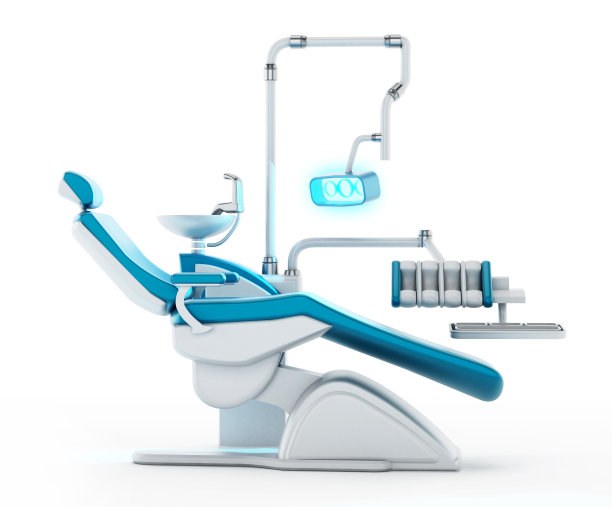Essential Guidelines to Follow Before and After Your Dental Filling Procedure for Optimal Results
Summary: Dental fillings play an essential role in restoring teeth damaged by decay or trauma, but its crucial to follow guidelines both before and after the procedure to ensure optimal results. This article provides actionable advice on preparing for your dental filling, managing your self-care during recovery, understanding dietary restrictions, and recognizing symptoms needing further care. By embracing these guidelines, you can enhance the longevity of your filling and maintain overall dental health. Whether its scheduling the right appointment or knowing how to care for your mouth afterward, these tips will help you navigate your dental filling journey with ease.
1. Preparing for Your Dental Filling Appointment

Before you undergo a dental filling, proper preparation can alleviate anxiety and ensure an efficient procedure. Firstly, its essential to communicate openly with your dentist about any concerns you may have. This can include discussing the type of filling material suitable for your situation, and any allergies you might have that could affect the procedure.
Additionally, understanding the procedure can demystify the process and make you more comfortable. Ask your dentist for a detailed explanation of what to expect, including the numbing agent used, the duration of the procedure, and the aftercare instructions that will follow.
Lastly, make sure you schedule your appointment at a time when you can rest afterward. Depending on the filling, you might need local anesthesia, which can result in numbness affecting your speech or eating for a few hours. Planning for a relaxed day following the appointment will help you recover more comfortably.
2. Self-Care During the Recovery Period
Post-procedure self-care is vital for optimal healing after your dental filling. After the anesthesia wears off, it’s common to experience some discomfort. Over-the-counter pain relief medications can manage any soreness, but it’s best to consult your dentist before taking anything.
Avoid chewing on the side of the new filling for at least 24 hours. This practice allows the material to set properly and reduces the risk of dislodging it. If youve had a temporary filling placed, be especially cautious to prevent it from coming out.
Hygiene also plays an important role in recovery. Continue brushing and flossing gently around the filling to keep the area clean without causing unnecessary irritation. It’s wise to avoid intense dental hygiene practices, such as vigorous flossing, until the area has healed.
3. Understanding Dietary Restrictions After Filling
What you eat after getting a dental filling greatly impacts its success. Initially, stick to soft foods and liquids for at least the first 24 hours. Foods like yogurt, smoothies, and mashed potatoes are excellent choices to avoid putting pressure on the filling.
Also, its important to limit your intake of hot and cold beverages. Extreme temperatures can cause discomfort and affect the integrity of the filling, especially if its made from materials like composite resin or amalgam. Its best to wait until your dentist says it’s safe to resume your normal eating habits.
Finally, avoid sticky or hard foods, such as gum and nuts, during the first few days. These foods can dislodge or damage the filling, requiring additional dental visits. Maintaining a careful diet helps ensure your filling lasts as long as possible.
4. Recognizing Symptoms for Further Care
After your dental filling, its critical to be vigilant for any unusual symptoms that might indicate complications. Pain that persists for more than a few days could signal an issue with the filling or an underlying problem, such as an infection.
Sensitivity to temperatures, lingering in the filled tooth, may occur but should gradually subside. If it lasts or worsens, contact your dentist for evaluation. Additionally, if you notice swelling or discharge from the gums around the filling, it could indicate an infection requiring immediate attention.
Finally, schedule a follow-up appointment with your dentist after a few weeks for a check-up. This allows your dentist to ensure everything is healing correctly and provides an opportunity to address any concerns you may have. Regular dental check-ups enhance your overall oral health and safeguard your investment in your fillings.
Summary:
In summary, preparing for a dental filling appointment involves communication, understanding the procedure, and scheduling wisely. Post-procedure self-care is essential for recovery, emphasizing gentle hygiene, rest, and dietary considerations. Recognizing symptoms that require further care can help prevent complications, ensuring the longevity and effectiveness of the filling. By embracing these essential guidelines before and after your dental filling, you set the stage for optimal results and a healthier smile.
This article is compiled by Vickong Dental and the content is for reference only


